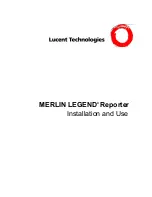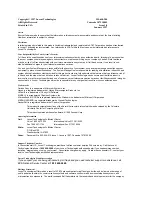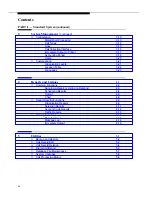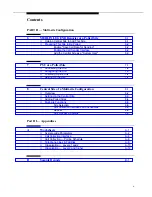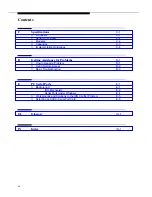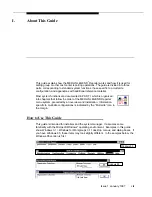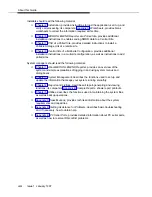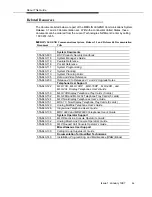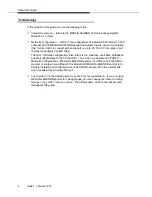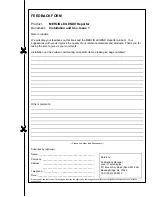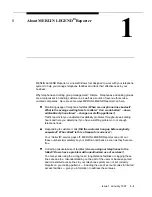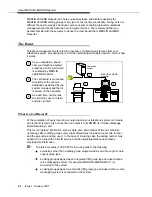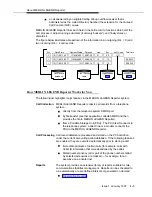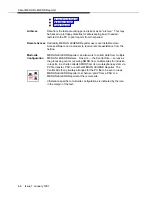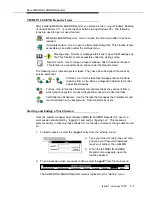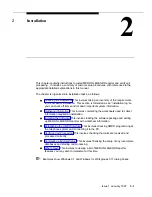
About MERLIN LEGEND Reporter
Issue 1 January 1997
1-3
a call answered by an eligible Calling Group overflow receiver that is
administered as the Listed Directory Number (the extension for the Queued
Call Console (QCC) queue
MERLIN LEGEND Reporter links each field in the call record to functions which sort the
call, process it, adjust running sub-totals (“summary buckets”), and finally stores or
discards it.
The figure below illustrates a breakdown of the information in an outgoing (Dir. = C) and
two incoming (Dir. = I) call records:
Dir.
Date/Time
Number Dialed
Duration
Line
Ext.
Acct.Code
Talk-time
C
10/17/95 11:34
1716381600
00:07:28
01
32
1111
I
10/17/95 12:04
7163836880
00:05:20
12
15
00:05:12
I
10/17/95 12:30
IN
00:03:14
12
15
00:03:10
How MERLIN LEGEND Reporter Works for You
The following list highlights major features in the MERLIN LEGEND Reporter system:
Call Collection
MERLIN LEGEND Reporter collects call records from a telephone
system...
directly from the telephone system SMDR port
by file transfer (another application collects SMDR and then
provides the file to MERLIN LEGEND Reporter)
from a Pollable Storage Unit (PSU). The PSU itself connects to
the telephone system; a direct line or a modem connects the
PSU to the MERLIN LEGEND Reporter.
Call Processing Call record details are processed and stored on the PC hard drive,
under the current accounting period database. If the following features
are enabled, they are executed automatically prior to storing a call:
Immediate printouts of certain calls (for example, calls with
Caller ID information that were abandoned by the caller)
Dialed number privacy (all or part of the phone numbers called
by selected extensions are masked — for example, for an
executive on a private line)
Reports
The system provides an extensive library of reports suitable for tele-
communications facilities management. Reports can be scheduled to
run automatically at user-defined intervals or generated on demand:
Organization
Account Code
Line / Facility
table
Call Record
database

